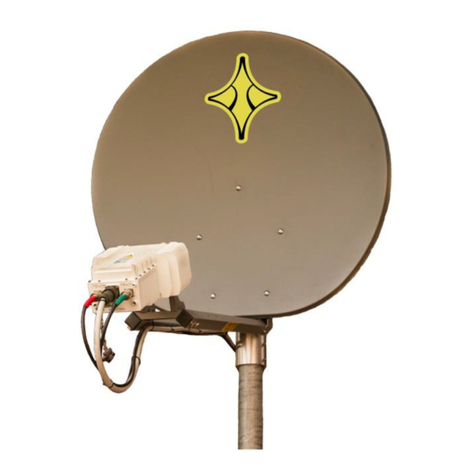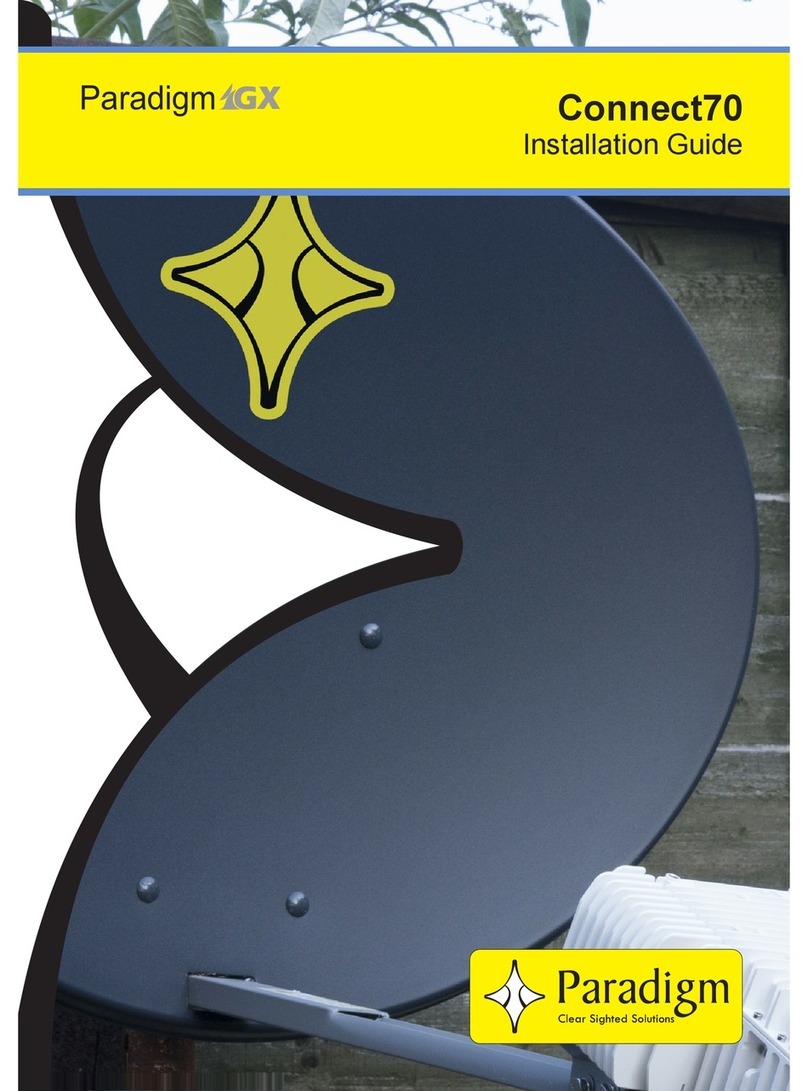
- 3 -
Installation Guide
Connect180
Contents Legal ..................................................................................................................2
Contents............................................................................................................3
Safe Use ............................................................................................................4
Safe Operating Distance..................................................................................4
Site Survey for Antenna Installation...............................................................5
Installation Process..........................................................................................5
System Packaging Content .............................................................................6
Recommended Tools for Installation..............................................................6
Antenna Installation .........................................................................................7
Az/El Mount Installation..................................................................................7
Attach the Az/El mount ......................................................................................................8
Attach antenna rear bracket...........................................................................9
Attach Elevation adjuster .............................................................................10
Antenna mounting ........................................................................................11
Reector assembly.......................................................................................12
Boom arm assembly ....................................................................................12
Boom Arm Supports .....................................................................................13
Transceiver Mounting ....................................................................................15
RF Circuit Setup .............................................................................................16
Antenna Pointing............................................................................................17
Elevation - Initial Setting...............................................................................17
Measurement of Elevation Angle .................................................................17
Azimuth - Initial Setting ................................................................................17
Elevation Fine Pointing ................................................................................18
Torque and Sequence ..................................................................................18
Antenna Grounding........................................................................................20
Elevation Calculation Chart...........................................................................21
Azimuth Calculation Chart.............................................................................22
Transceiver Control LEDs..............................................................................23
Transceiver Port Identication......................................................................23
Periodic Maintenance.....................................................................................24





























